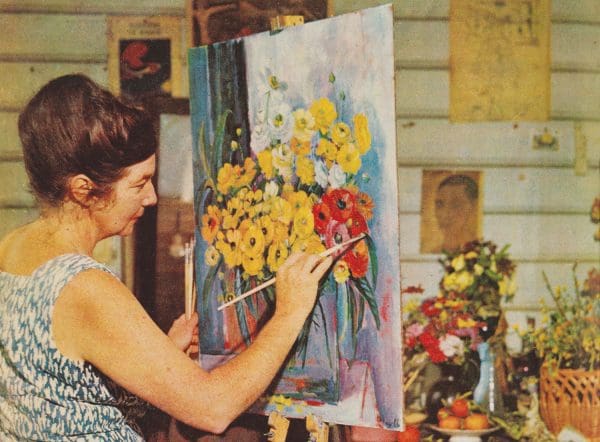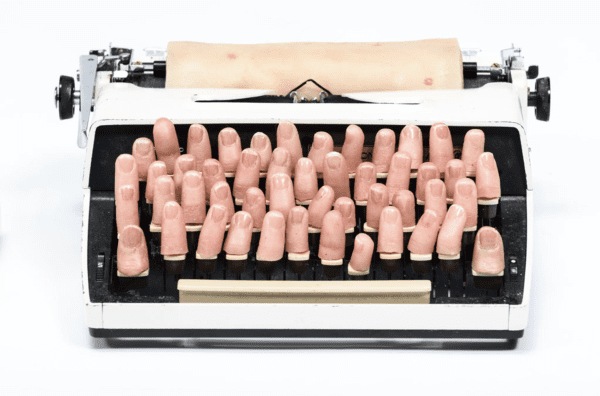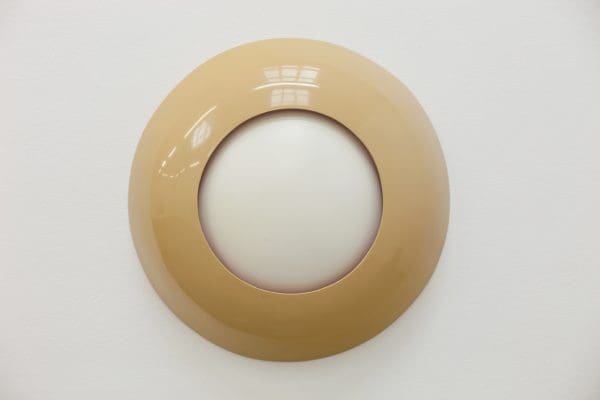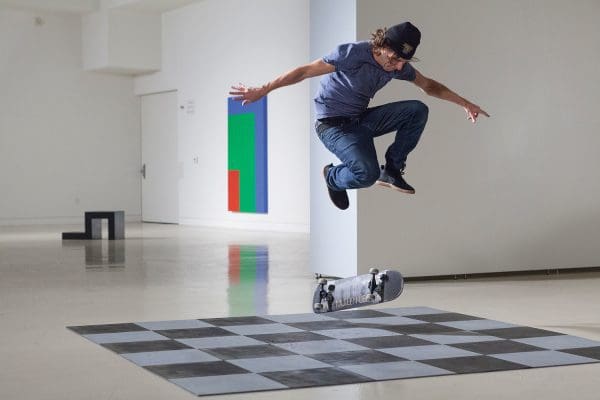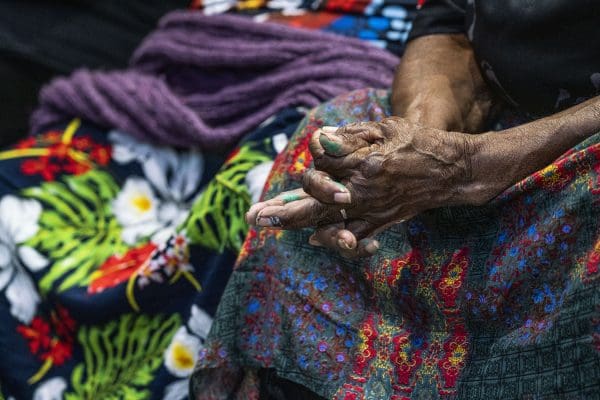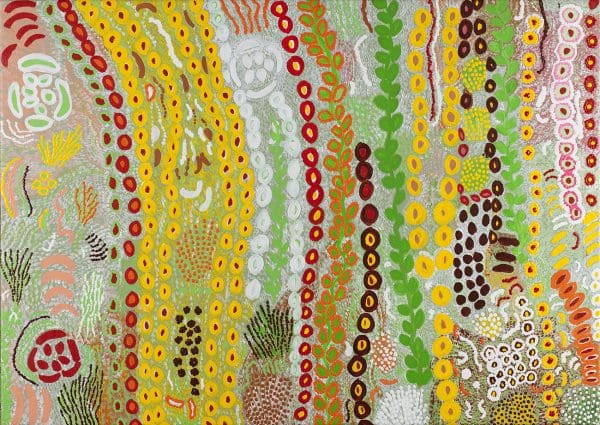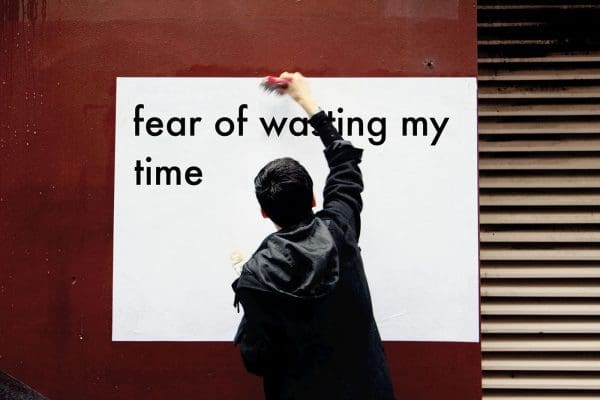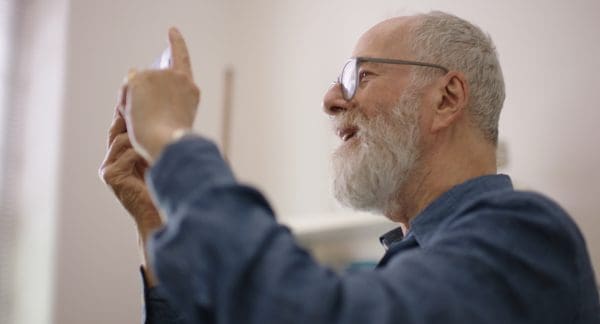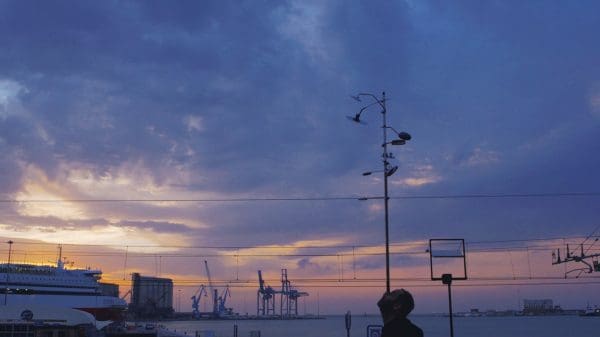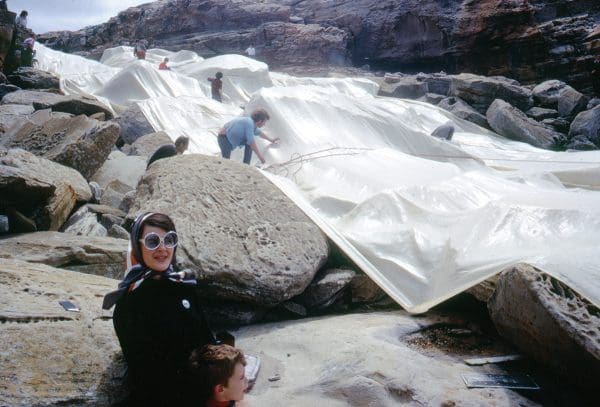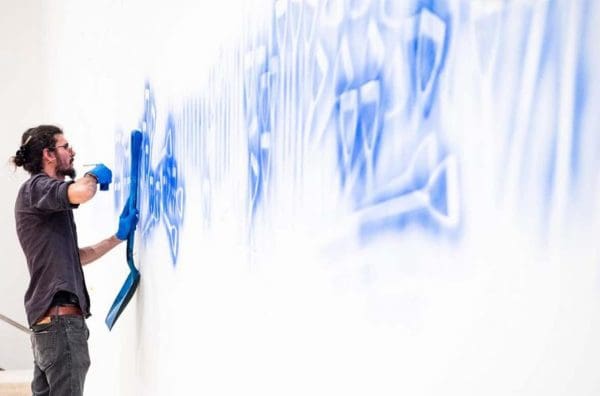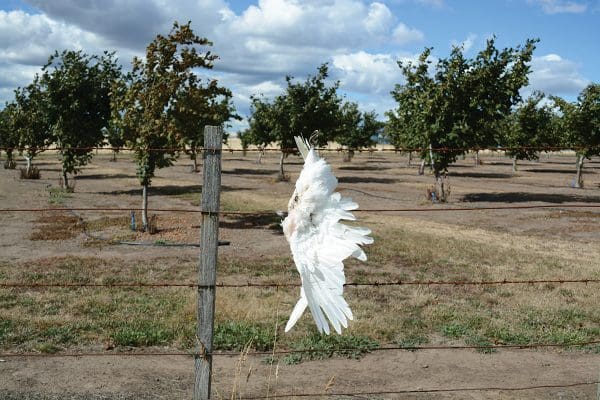
Retracing a Tense Past
In two new projects, Julie Gough continues her excavation of Tasmania’s First Nation history and the impact of colonisation.
In two new projects, Julie Gough continues her excavation of Tasmania’s First Nation history and the impact of colonisation.
The Margaret Olley survey show at Queensland Art Gallery | Gallery of Modern Art (QAGOMA) is subtitled A Generous Life, but it could just as easily have been called Margaret Olley: Rebel.
Far from being a clunky display of papier-mâché heads and oil paintings of flowers, the contemporary Year 12 art exhibition incorporates multiple artforms produced with impressive technical skill.
First-time curator Andrew Atchison focuses an inquiry into queer abstraction, challenging how we comprehend and view queer art.
Steve Dow looks at a number of artists who see VR as loaded with both hope and fear.
Sydney University has launched a portal about the remote Ngaanyatjarra world, created in consultation with the community, its contents approved by elders.
Unearthing relationships between the depictions of Western Australian flora and the state’s Indigenous, colonial and future legacy.
Works by Australian and international artists suggest that doubt and vulnerability, though long perceived as weaknesses, can make room for desire and transformation.
It All Started With a Stale Sandwich is a documentary about the 50-year history of Kaldor Public Art Projects, made by London-born, Sydney-based film director Samantha Lang.
Local and international artists create fine-drawn moments of memory and existence at TarraWarra International.
50 years on, Penelope Seidler recalls the first ever Kaldor Public Art Project: Christo and Jeane-Claude’s groundbreaking Wrapped Coast.
Many art historians argue that the life of the artist should be viewed independently of the art.
